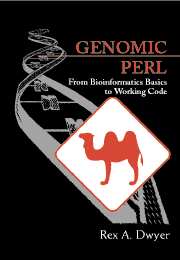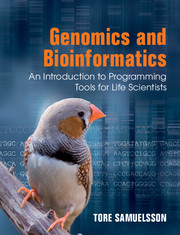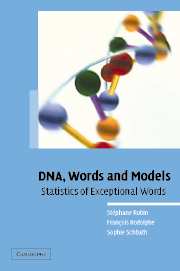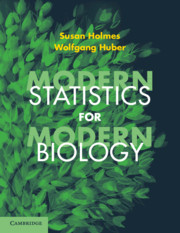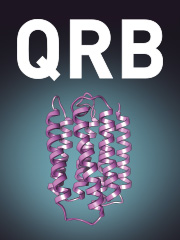Genomic Perl
This introduction to computational molecular biology will help programmers and biologists learn the skills needed to start work in this important, expanding field. The author explains many of the basic computational problems and gives concise, working programs to solve them in the Perl programming language. With minimal prerequisites, the author explains the biological background for each problem, develops a model for the solution, then introduces the Perl concepts needed to implement the solution. The book covers pairwise and multiple sequence alignment, fast database searches for homologous sequences, protein motif identification, genome rearrangement, physical mapping, phylogeny reconstruction, satellite identification, sequence assembly, gene finding, and RNA secondary structure. The concrete examples and step-by-step approach make it easy to grasp the computational and statistical methods, including dynamic programming, branch-and-bound optimization, greedy methods, maximum likelihood methods, substitution matrices, BLAST searching, and Karlin-Altschul statistics. Perl code is provided on the accompanying CD.
- Real working programs in every chapter, also available on CD
- Direct, concrete approach: examples preferred over abstract generality
- Focused: describes one or two approaches thoroughly rather than a dozen sketchily
Reviews & endorsements
"I found this to be an excellent book, and would not hesitate to recommend it to advanced undergraduate and postgraduate students."
Saturnino Luz, Computing Reviews
"[Those] with an adequate knowledge of bioinformatics may benefit from this book since the accompanying Perl source code can be easily extended and deployed... The structure of each chapter [is] simple and easy to follow."
Raymond Wan, University of Melbourne for SIGACT News
Product details
December 2004Adobe eBook Reader
9780511057069
0 pages
0kg
100 exercises
This ISBN is for an eBook version which is distributed on our behalf by a third party.
Table of Contents
- 1. The central dogma
- 2. RNA secondary structure
- 3. Comparing DNA sequences
- 4. Statistical models
- 5. Substitution matrices for amino acids
- 6. Sequence databases
- 7. Local alignment and the BLAST heuristic
- 8. Statistics of BLAST database searches
- 9. Multiple sequence alignment I
- 10. Multiple sequence alignment II
- 11. Phylogeny reconstruction
- 12. Protein motifs and PROSITE
- 13. Fragment assembly
- 14. Coding sequence prediction with dicodon frequencies
- 15. Satellite identification
- 16. Restriction mapping
- 17. Hybridization mapping
- 18. Genome rearrangement: gates and hurdles
- 19. Now what?
- Appendix A: drawing RNA cloverleaves
- Appendix B: space-saving strategies for alignment
- Appendix C. a data structure for disjoint sets
- Appendix D. a data structure for set operations.

